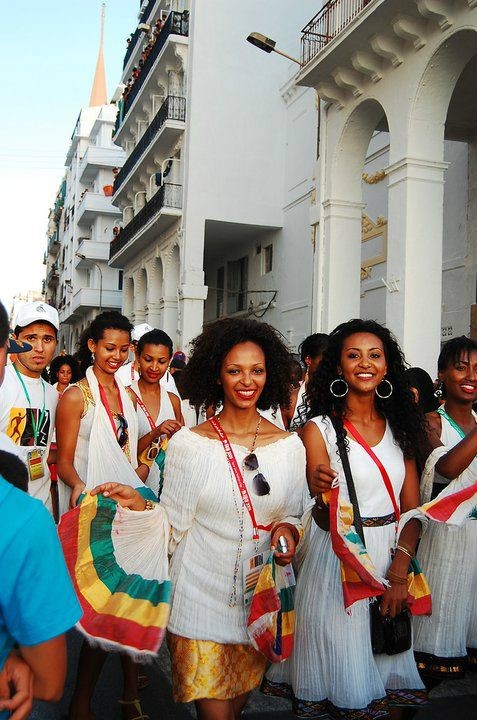
Ethiopian culture is diverse and is structured along ethnolinguistic lines. The communities within the country tend to practice customs that are linked to South Sudan and the African Great Lakes region. The country has more than 80 different ethnicities, each with its customs and traditions it is predominantly with the help of translations found in ancient Greek and Hebrew texts into the ancient language Ge’ez, modern Amharic, and Tigrigna Languages.
Ethiopian men and women have clearly defined gender roles in their society. Men are traditionally expected to earn and provide for the family while the women are responsible for running the household. It is mostly a misogynist society where boys are preferred over girls and are given more freedom than the latter. Life does seem to be continually evolving, and even though most of the people continue to follow these traditions. Women living in urban areas, however, have been observed to have started taking on significant roles in the employment sector, and men participate more in domestic chores.
About 40% of the population in the country is Christian, while 55% are Muslims, and the remaining 5% belong to other religions. The Ethiopian Government controls Radio and Television. While print media keeps up with the government policy and publish in a variety of different languages. The country’s cuisine consists of various meat and vegetable side dishes that are served with a popular entrée, which is a thick stew. This serving of one or two is served over a piece of large sourdough bread called injera, which is about 50 to 20cms in diameter and is made out of fermented Teff flour. People eat using their hands and with the help injera instead of using any utensils. Because Ethiopians have historically adhered to Islam, pork, or seafood (aside from fish) isn’t used in traditional foods.
The clothes in some of the Central and Northern areas of the country are made out of a cloth called shemma and is used to make traditional women’s clothes. These are cotton clothes that are about 90cm wide and is woven into long strips that are sewed together. Men wear pants and knee-length shirts with white collars with knee-high socks. Both men and women wear shawls that are called netela, the style for which is determined by the occasion. Modern-day Ethiopian fashion takes inspiration from the old traditional designs and types of clothes.
